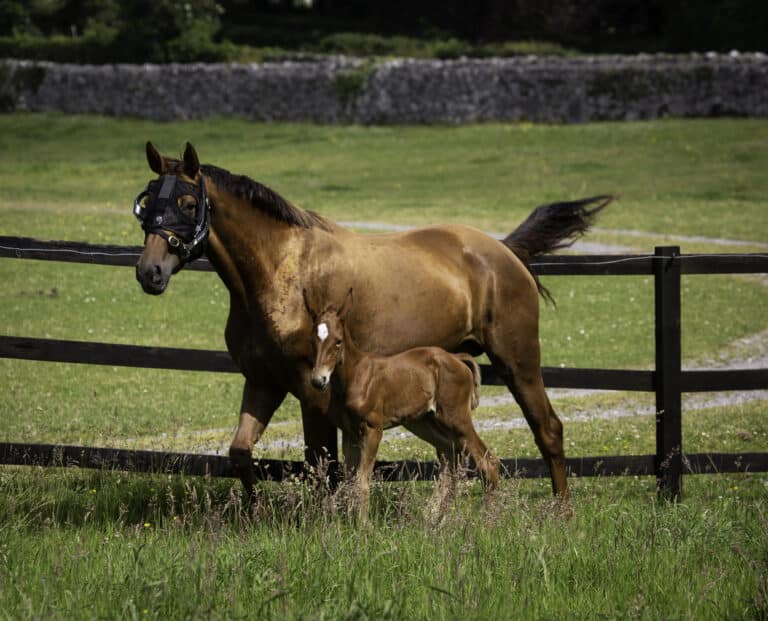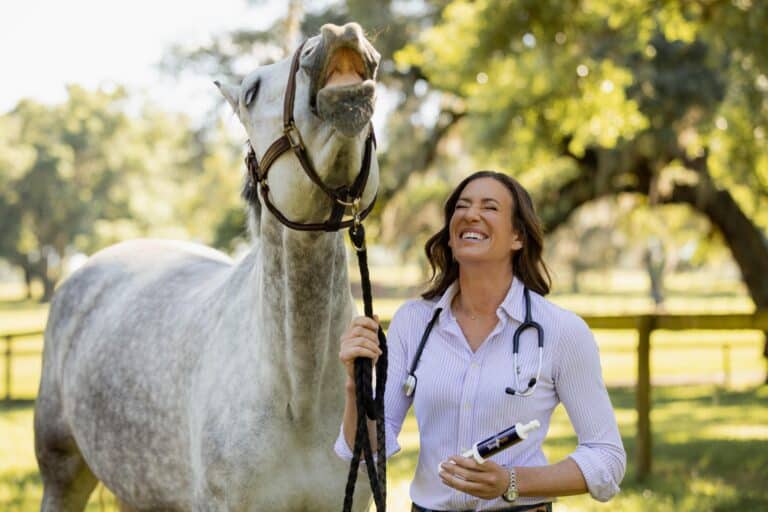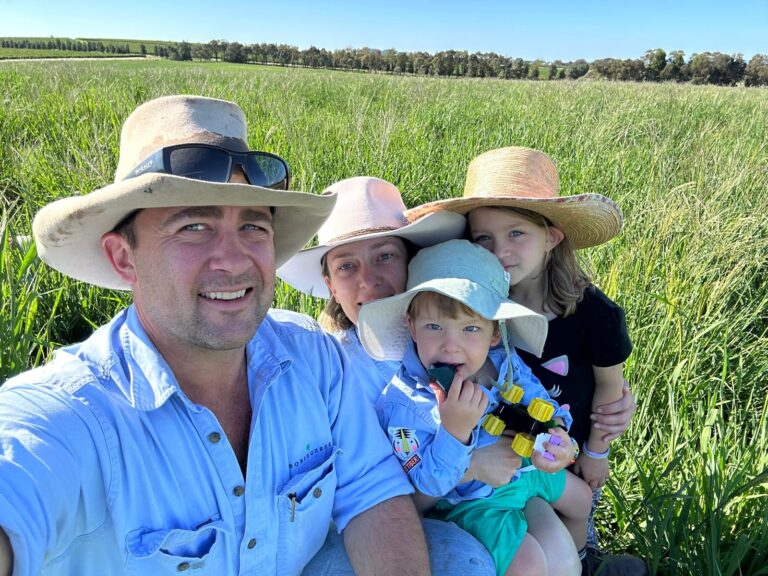Hopefully you all took a little bit of time to work on your squat and lunge technique this week….and made the mirror you new best friend. So now its time to take a look at a few upper body exercises. The basics for upper body begin with a focus on push or pull.
Push ups are as close to a perfect exercise as you could get, working your entire upper body including your core. The Push up focus’ on chest, shoulders and triceps but for a correct push up every muscle in your body has to play it part. Back muscles including Latisimus Dorsi , Trapezuis and core must stabilize the pushing muscles of your chest and shoulders. The muscles of your lower back, legs and glutes must be engaged to stabilize the hips and prevent them from sagging towards the floor or poking up in the air. The best thing about push ups is that you can do them anywhere with no equipment as well as that there are a multitude of variations and inclusions.
Beginning with push ups !! Even if you feel you are a proficient push up expert it can’t hurt to take the time to put yourself through the progressions again to solidify your good technique. The wall push is the lowest intensity, performed exactly the same as a normal push up only with your hands on the wall and you feet a few feet away. From here you can progress to an incline push up, the higher the incline the lower the intensity. So you can work your way from the wall to the floor using as many heights of incline as you need. Thinking out side the box you can use picnic tables, park benches, chairs, steps any stable surface you can find. Finally the full push up.
Correct Push Up Technique
- I recommend placing your hands just wider than your shoulders with your thumbs just under you
- ultimately you would like to get your elbows to fold back at about a 45 degree angle from your body not directly out to the side., variations like tricep push up can come later
- lower your body to the floor with a feeling that you are leading chest first
- lower until your chest is almost on the floor, pause a split second , then return to start
- you want your body to remain in a strong straight line
- do not crane your neck towards the floor
- don’t be discouraged if you can only hold correct form for what seems like only a few inches as you continue to practice you will get lower. I place objects below my client for them to try and lower to, like a water bottle, ball, rolled up mat etc. This gives you a level to aim for and you can keep using lower and lower objects to help you progress.
Wall Push Up
Incline Push Up
Full Push Up
The other big one.. Chin Ups or Pull Ups
Pull ups are a little harder as you need something to hang on to, and have the strength to generate the pull. So there needs to be progressions and if you don’t use a gym you will need to find a bar to hang on…I find play ground equipment most useful. In the gym you can begin with the “Assisted Chin up Machines” or power bands to help you.
There is, as with the push up, many variations of chin ups. You need to start at the beginning. Chin ups involve primarily the Latissimus Dorsi, secondarily the Biceps, forearms, tears major, posterior deltoids rotor cuff muscles, rhomboids,trapezius and levator scapular.
I find it is easiest to begin on a low bar with a box or similar under you so that you can hang from the bar with your feet supported…Squat Chins ! Using as much of your upper body to pull yourself up as you can then pushing with your legs to help you up. Progressing to one leg then moving the box behind you so you have your toes on it and you knees bent as if kneeling. Again progressing to a single leg. Next , Jump Chin !! as it sounds stand under a bar that you can reach, place your hands on the bar and steady your grip then jump pulling at the same time. From here you can kip chin , generating some motion with a backward swing and using that motion to propel your self up..but this is not for everyone and can sometimes slow your progress towards dead hang chin. I do not recommend you do kip chins without a trainer that is skilled in them instructing you.
The Chin Up
- begin hanging from the bar hands wider than shoulders
- I have found it helpful to focus on the muscles you want to use. Focus on generating the pull using primarily latissimus dorsi and secondarily trapizius, rear delts, bicep and forearm
- begin by feeling that you contract the muscles of your upper back and then bending elbows, pull your body towards the bar
- having your chin clear the bar
- lower your self under control to the start position
Squat Chin
Kneel Chin
Jump Chin
There are many variations and inclusions with Chin ups as with Push ups but like squats and lunges it is vital to get the basic technique down pat before you attempt any variations.
For any help or questions or difficulties your experiencing with any of the four big basics we have discussed in the past 2 weeks, or any other exercise issues you are having, don’t hesitate to drop me an email and we can discuss some strategies to help overcome them.
Till next week
Train Hard. Eat Well. Rest






